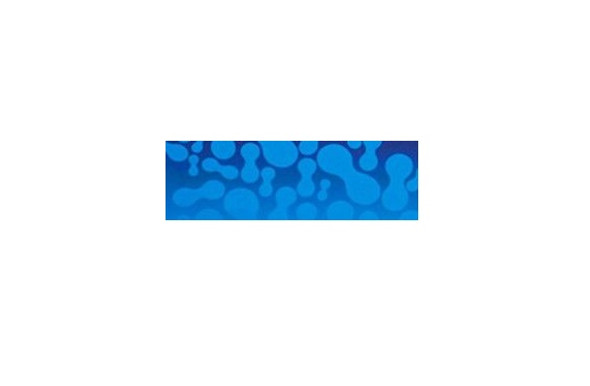Description
Recombinant Rat IL20RB Protein (His Tag) | PKSR030418 | Gentaur US, UK & Europe Disrtribition
Synonyms: IL20RB
Active Protein: N/A
Activity: A DNA sequence encoding the rat IL20RB (B8K1X9) (Met1-Pro227) was expressed, fused with a polyhistidine tag at the C-terminus.
Protein Construction: A DNA sequence encoding the rat IL20RB (B8K1X9) (Met1-Pro227) was expressed, fused with a polyhistidine tag at the C-terminus.
Fusion Tag: C-His
Species: Rat
Expressed Host: HEK293 Cells
Shipping: This product is provided as lyophilized powder which is shipped with ice packs.
Purity: > 91 % as determined by reducing SDS-PAGE.
Endotoxin: < 1.0 EU per μg of the protein as determined by the LAL method
Stability and Storage: Generally, lyophilized proteins are stable for up to 12 months when stored at -20 to -80℃. Reconstituted protein solution can be stored at 4-8℃ for 2-7 days. Aliquots of reconstituted samples are stable at < -20℃ for 3 months.
Molecular Mass: 24.6 kDa
Formulation: Lyophilized from sterile PBS, pH 7.4
Reconstitution: Please refer to the printed manual for detailed information.
Background: IL20RB belongs to the type II cytokine receptor family. There are two kinds of type II cytokine receptors : cytokine receptors that bind type I and type II interferons; cytokine receptors that bind members of the interleukin-10 family (interleukin-10, interleukin-20 and interleukin-22). Type II cytokine receptors are similar to type I cytokine receptors except they do not possess the signature sequence WSXWS that is characteristic of type I receptors. They are expressed on the surface of certain cells, which bind and respond to a select group of cytokines. These receptors are related predominantly by sequence similarities in their extracellular portions that are composed of tandem Ig-like domains. The intracellular domain of type II cytokine receptors is typically associated with a tyrosine kinase belonging to the Janus kinase (JAK) family. IL20RB and IL20RA (MIM 605620) form a heterodimeric receptor for interleukin-20.
Research Area: N/A






